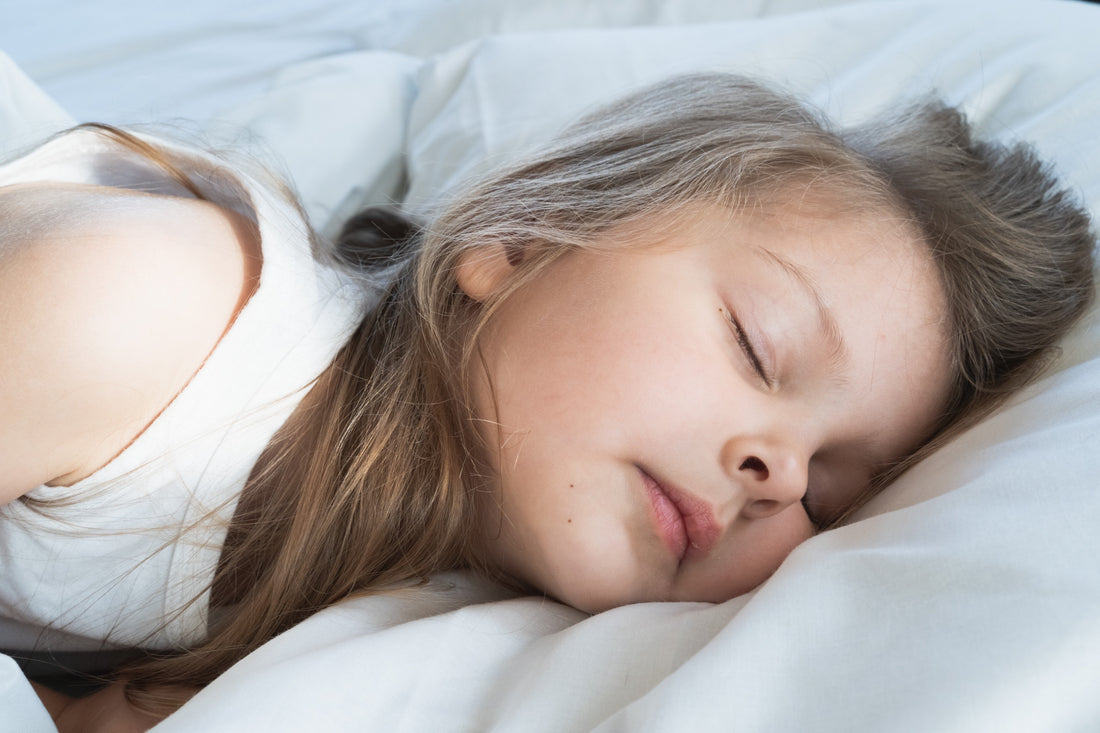How Bedtime Meditation Can Help Your Kids Sleep Better
| updated:Share

What is bedtime like in your house? Is it filled with begging for five more minutes? Bedtime is not always stressful, but many parents experience challenging nights where they wish there were an easy way to get everyone to sleep. Some experts say sleep or bedtime meditation might be the key to peaceful nighttime routines.
What Does Meditation Look Like for a Child?
Meditation for a child can look different, depending on their age. Little ones may not grasp the concepts of deep breathing or focus on the now, but many can handle guided meditations.
Your child will let you know when they don't understand something. While they may not express their feelings in words, you can often tell how they feel by watching them. A bored little one will find it hard to sit still. They may fidget, stand up or alter their position several times.
For preschool children, aim for a guided meditation of only a few minutes. Grade-school kids can likely sit for three to 10 minutes. Older kids can usually handle a solo meditation for five to 45 minutes.

What Are the Benefits of Meditation?
Meditation has many benefits. First, the process itself increases self-awareness. The participant must focus on the way they feel in the moment.
Second, meditation helps little ones and adults find productive ways to cope with stress. People must set aside worries for the future or fears of the past by focusing on the present. They take themselves out of the anxious moments, allowing themselves to separate from them, putting the events in perspective.
Third, meditation can improve tolerance and patience. Practitioners take their time with the process. They sit patiently until they feel calm and then practice holding onto it. The practice of control allows them to reserve emotional reactions and look for understanding.
Finally, meditation can help practitioners feel relaxed. Relaxation is the primary reason meditation is often good as a bedtime routine.
Can Meditation Help My Child Sleep?
Meditation can help children sleep. Kids struggle significantly in the modern age, from anxiety to trauma and self-doubt. Even little ones can benefit from self-care and self-awareness.
Guided meditation can help children relax at night. Also, if your little one has fears or anxieties that keep them up, a guided program can help them focus on something other than the thoughts racing through their heads.
Keep in mind meditation can take time to work. While some people can receive immediate benefits, others need more exposure to the practice, which is why experts suggest implementing a bedtime routine.

How To Implement Meditation in My Child's Bedtime Routine
Part of meditation is taking ownership of your feelings and personal space. You can help your little ones by allowing them to create their bedtime setting within reason. For example, let your children choose the sheets and blankets for their bedding, the color of their walls, etc.
Also, for little ones, a story-based guided meditation is often best. However, refrain from suggesting a specific story or book. Ask your child if they want to use a printed book or if they want you to make up a story.
The goal is to give your child a sense of control. If they feel like they are part of the decisions, they are more likely to go along with meditating.
Before you and your child meditate, set up the atmosphere. Turn down the lights, get the wiggles out, and take a few deep breaths.
Sleep Meditation Apps for Your Child
Are you comfortable creating story-based meditations for your children? If not, you can purchase or download meditation apps specifically for kids, including:
- Headspace for Kids
- Smiling Mind
- Sleep Meditations for Kids
- Stop, Breathe, Think
- Moshi


